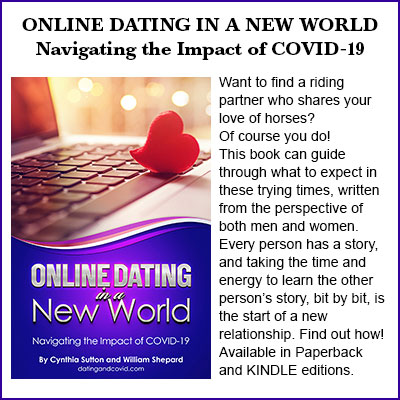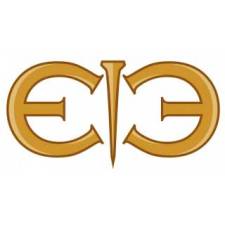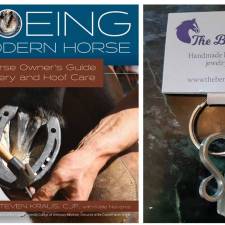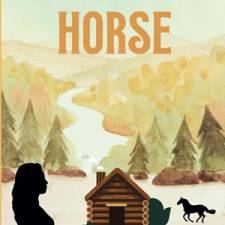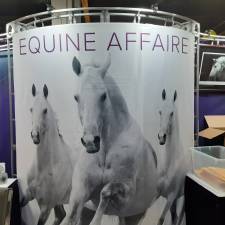
by Allyson Coluccio
An expert in importing, Allyson Coluccio provides her take on what to look out for before buying a horse from across the pond
I have been importing horses since the early 90’s. Well, I suppose it actually started with the ponies! I started with importing British Riding Ponies from England. At the time, Warmbloods were just becoming more popular, so in 1995, I began importing horses as well.
To date, I’ve imported hundreds of horses from Europe to the United States, primarily focusing on horses from Holland, Belgium, and Germany. While at this point I’m a seasoned professional in the importing business, I still manage to learn new things everyday—and I hope to share that sentiment with others that are interested in importing.
While finding the horse that fits your needs for the ring you wish to compete in is important, I encourage buyers to seek out the most amateur-friendly horse you can find. While these do exist in America, I find that the horses in Europe with the best brains are actually less expensive than here.
In Europe, they value a little more blood than the average person in America. While they have caught on to the idea of “hunter-izing,” you may be able to get the slow and steady horse for a purchase price of $40,000 that would otherwise cost six figures in the United States.
Outside of the potential savings you could get from this type, the obvious reason to buy the best-brained horse is for safety and assurance in the ring and on the ground; that quieter horse means less prep, which means less wear and tear on the horse.
I currently have a horse that I think is the best horse we have ever had. It doesn’t matter if he hasn’t been turned out or ridden consistently. Every day that he comes out, I am just as likely to put an eight-year-old on him as I am an eighty-five-year old. That’s what makes him great!
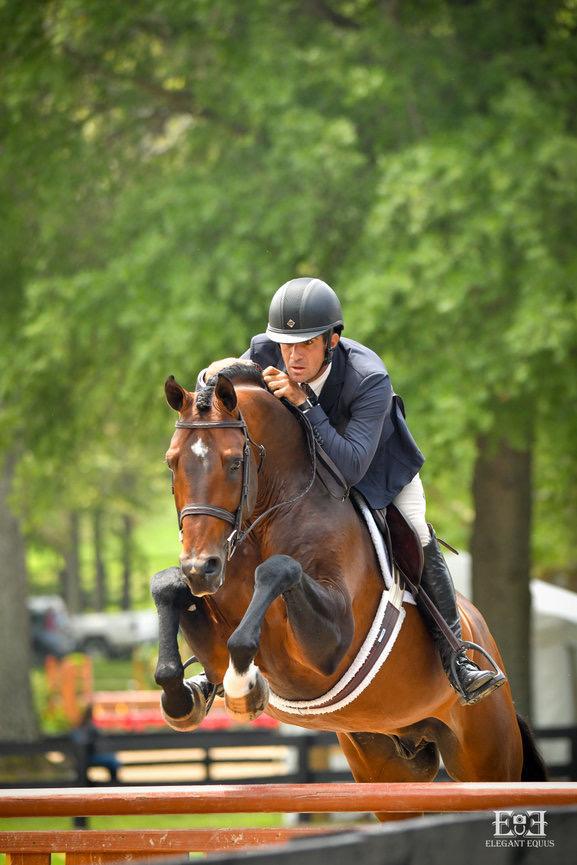
A Common Trap
As an expert, even I have been fooled by the rumored “X-ray swap.” I recently purchased a horse from someone that I have bought from before, and sure enough, the X-rays I was given were not the ones that belonged to the horse. Luckily, they were mediocre X-rays exchanged for other mediocre X-rays, but it’s important to make sure you do everything possible to ensure this doesn’t happen to you!
Even if a seller has X-rays for a horse, be sure to pull your own and confirm that the name, microchip number, or other identifying qualities match with the horse that you are purchasing.
On the subject of X-rays, I’d like to stress the importance of sometimes looking beyond the X-rays. As a whole, what comes up in films is very rarely what becomes an injury to a horse. More horses get soft tissue injuries due to the excessive work we do in America. That’s not something that has anything to do with an X-ray; that’s a people problem!
If you’re on a budget, I highly recommend you consider the horse with a blemish. Consult your vet to see how it may impact them long term. Who knows, you may end up with the WEF hack winner at a fraction of the price as it would be in America.
Importing can be a super fun way to find your next partner. Just make sure you’re smart about the buying process and find the one that is the best fit for you.
This article originally appeared on The Plaid Horse and is published here with permission. All photos courtesy of The Plaid Horse.
There are many more interesting articles in our section on Recreation & Lifestyle.






